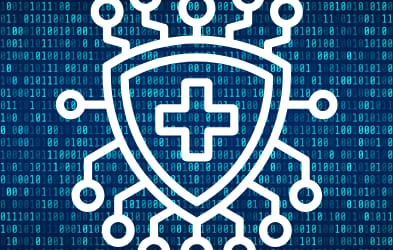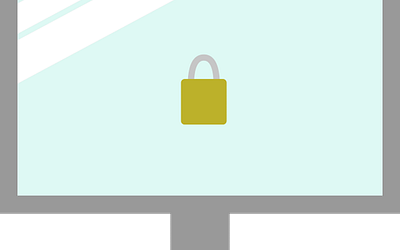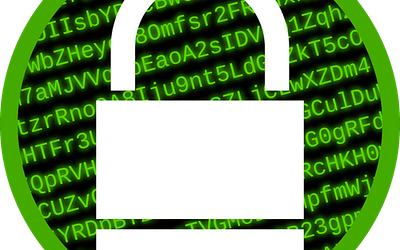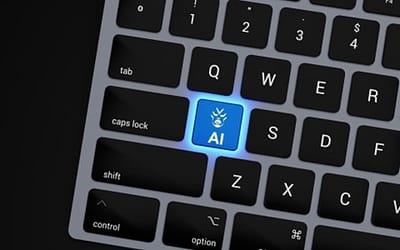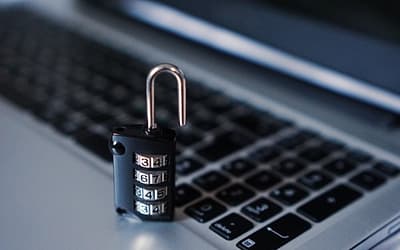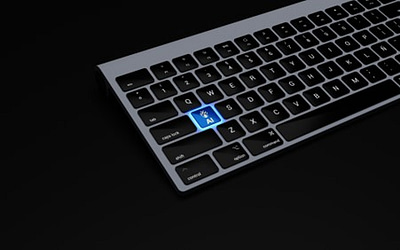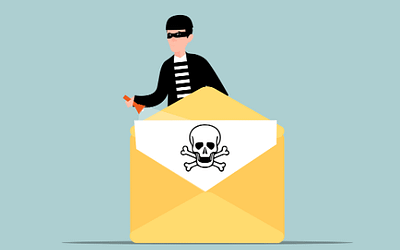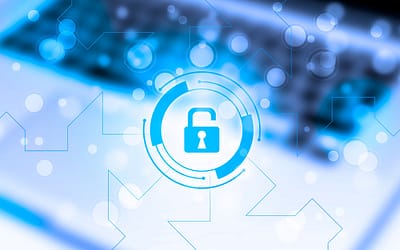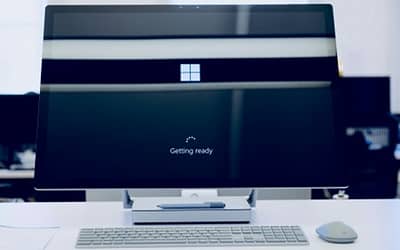Continuous Monitoring is a Cybersecurity Must
You know the importance of cybersecurity for your business. You also know that cyber threats are constantly evolving and becoming more sophisticated. That’s why you need continuous monitoring as part of your cybersecurity strategy.
Continuous monitoring is like having a digital guard on duty 24/7. It constantly checks your systems and data for any signs of weakness or compromise. It alerts you before hackers can exploit them and cause damage.
At Wahaya IT, we offer continuous monitoring services that can help you protect your business from cyberattacks. Here are some of the benefits of continuous monitoring and how to get started with it.
Why You Need Continuous Monitoring for Your Business
Continuous monitoring is not just a nice-to-have feature. It’s a must-have for any business that values its data and reputation. Here are some of the reasons why continuous monitoring is essential for your cybersecurity.
Cyberattacks Are Fast and Frequent
Hackers don’t wait for you to notice them. They can breach your network in seconds and exploit vulnerabilities that you may not even be aware of. Continuous monitoring provides you with real-time insights into your network activity. It allows you to detect and respond to threats quickly, minimizing the impact on your business.
Cyberattacks Are Advanced and Stealthy
Hackers are constantly developing new techniques and tools to bypass your security defences. Some can hide within your network for months, stealing or encrypting your data. Continuous monitoring goes beyond the perimeter. It analyses network traffic, user behavior, and system logs. It uncovers hidden threats that may otherwise go unnoticed.
Cyberattacks Can Cost You Dearly
Cyberattacks can have serious consequences for your business. They can result in data loss, downtime, legal liability, regulatory fines, and reputational damage. Continuous monitoring helps you prevent these costly outcomes. It also reduces the workload for your security team. It automates routine tasks and allows them to focus on strategic initiatives.
Cyberattacks Can Affect Your Compliance
Many industry regulations and data privacy laws require you to have continuous monitoring in place. These include HIPAA, PCI DSS, GDPR, and more. Failure to comply can expose you to legal risks and penalties. Continuous monitoring helps you meet these compliance requirements and prove your due diligence during audits.
How Continuous Monitoring Works
Continuous monitoring is not a single tool or solution. It’s a holistic approach that combines different elements. These include:
- Log Management: This involves collecting and analyzing security logs from your firewalls, devices, and applications. Logs can reveal suspicious activity, such as unauthorized access attempts or malware infections.
- Security Information and Event Management (SIEM): This system collects and correlates security data from various sources. It gives you a centralized view of your security posture and alerts you to potential threats.
- Vulnerability Scanning: This is a process of scanning your systems and applications for weaknesses. This allows you to patch them before hackers can exploit them.
- User Activity Monitoring: This is a process of monitoring user behavior on your network. This can help you identify abnormal or malicious activity, such as data exfiltration or insider threats.
- Network Traffic Analysis: This is a process of monitoring network traffic for anomalies. This can help you detect malware, suspicious communication patterns, or attempts to breach your network defenses.
How to Implement Continuous Monitoring for Your Business
Implementing continuous monitoring for your business doesn’t have to be complicated or expensive. You can start with a few simple steps.
Assess Your Needs
The first step is to identify your specific security needs and compliance requirements. You can do this by conducting a cybersecurity assessment. This will help you identify the current vulnerabilities and gaps that you need to address.
Choose the Right Tools
The next step is to select the monitoring tools that suit your needs and budget. You can choose from various options, such as cloud-based or on-premises solutions or a combination of both. You can also consider outsourcing your monitoring to a managed service provider (MSP) like Wahaya IT. We can provide you with a comprehensive and customized solution that covers all aspects of continuous monitoring.
Develop a Monitoring Plan
The final step is to define your monitoring plan. This will help you ensure that nothing gets missed or overlooked. Your monitoring plan should include:
- How you will collect and store data
- How you will handle and prioritize alerts
- Who will be responsible for responding to incidents
Invest in Training
Training is an important part of continuous monitoring. You need to train your security team on how to use the monitoring tools effectively and how to respond to security alerts efficiently. You also need to train them on how to generate and interpret reports from the monitoring systems. These reports can provide you with valuable insights into your security posture and performance.
Continuous Monitoring: Your Cybersecurity Lifeline
In today’s digital world, continuous monitoring is not a luxury. It’s a necessity. Continuous monitoring can help you protect your business from cyberattacks, improve your security posture, comply with regulations, and save you time and money.
Don’t wait for a security breach to be your wake-up call. Embrace continuous monitoring and take control of your cybersecurity. It’s better to be safe than sorry, especially when it comes to your data and reputation.
Need Help with Your Cybersecurity Strategy?
Continuous monitoring is one part of a holistic approach to cybersecurity. At Wahaya IT, we can help you with all your cybersecurity needs. We can customize a plan that works for your business and your budget.
Contact us today to discuss how we can help you.
Article used with permission from The Technology Press.

